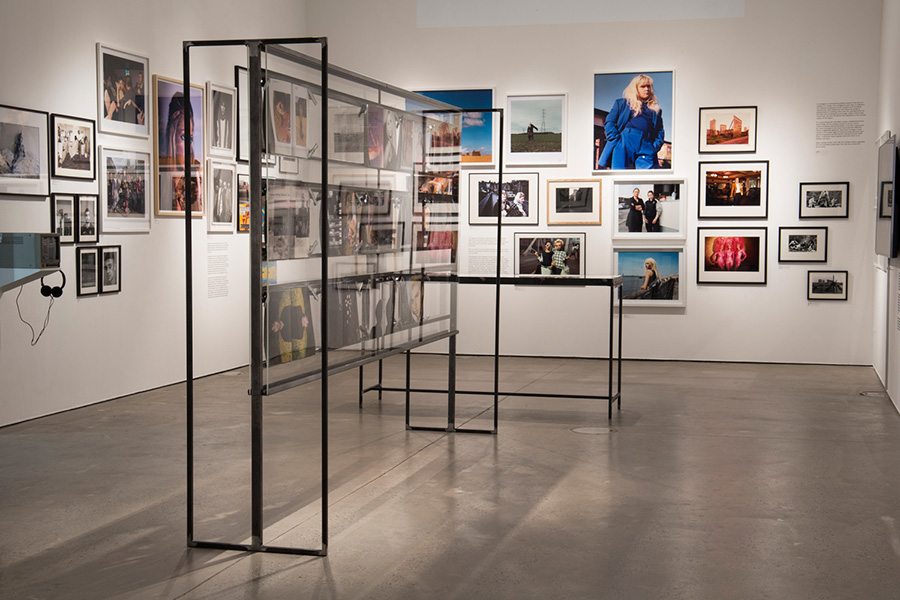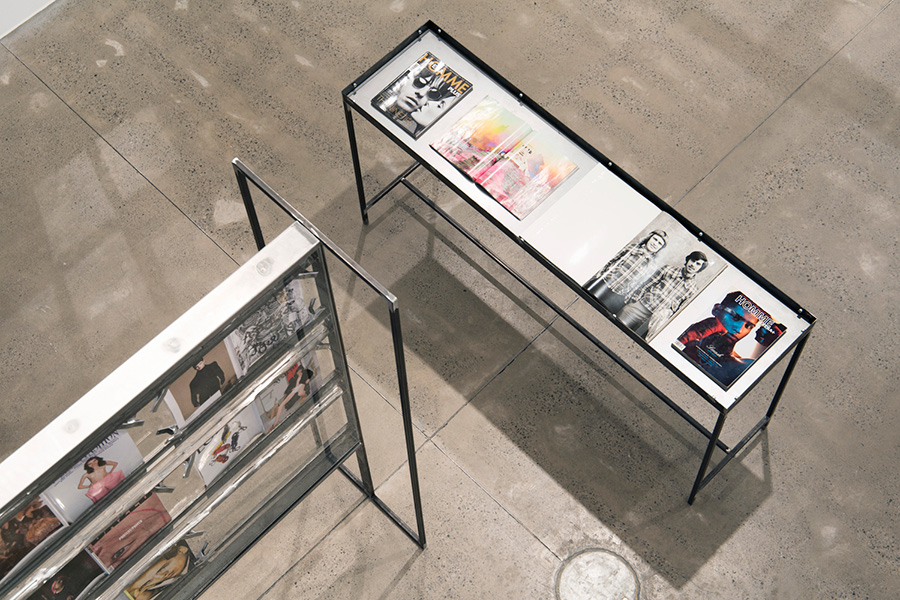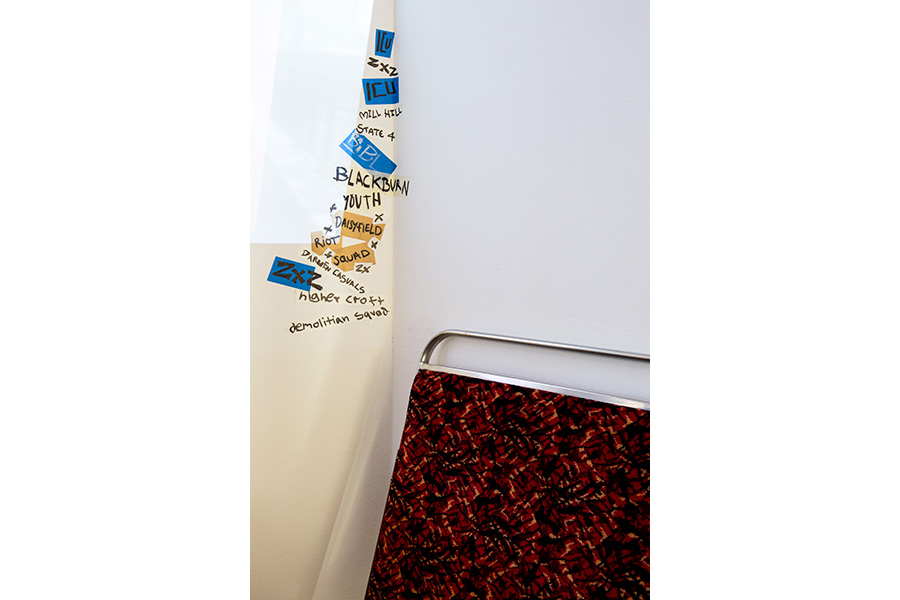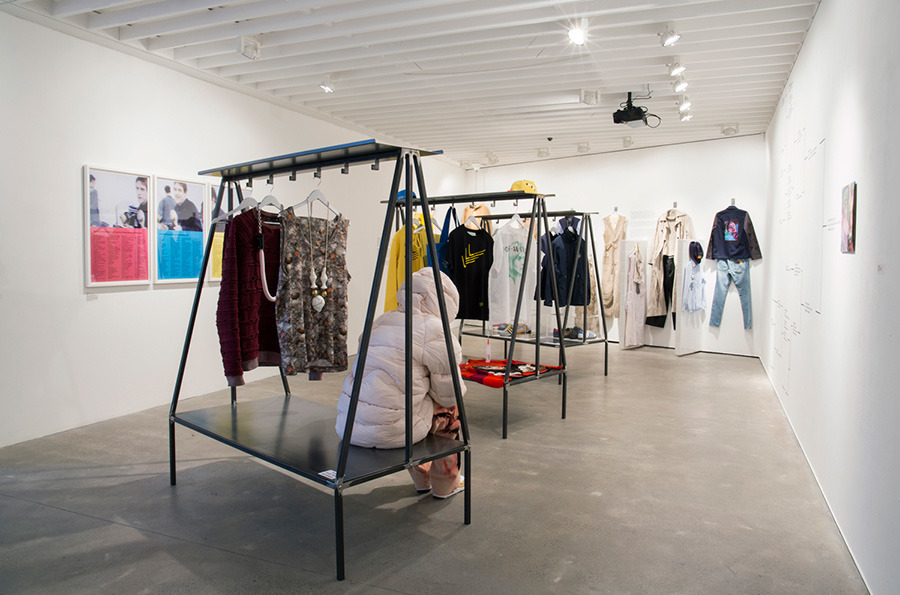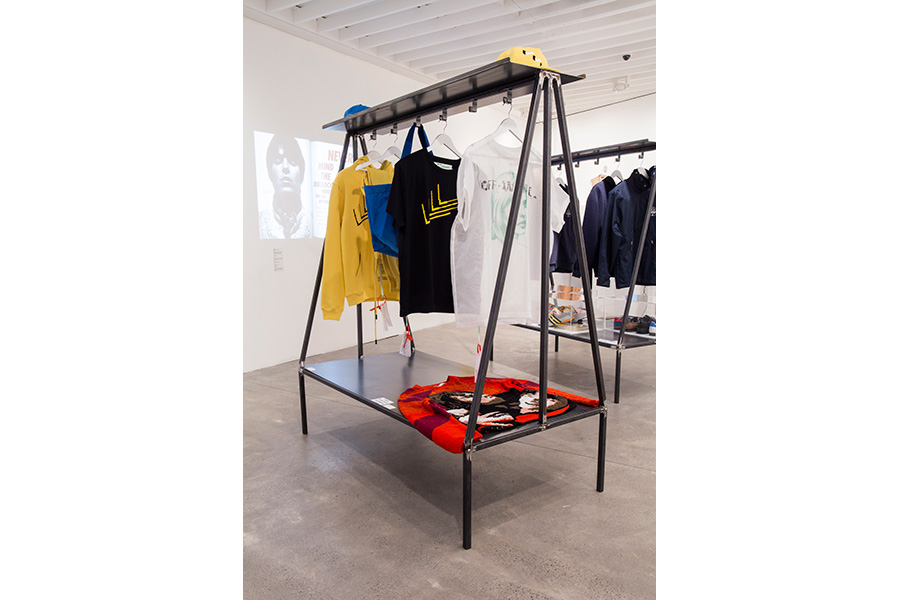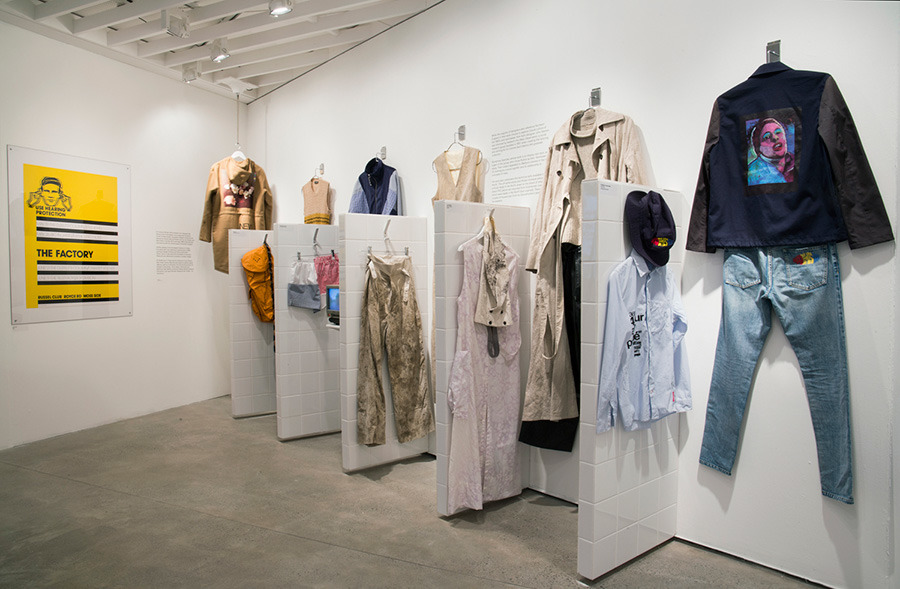North: Identity, Photography, Fashion – an interview with Adam Murray and Lou Stoppard
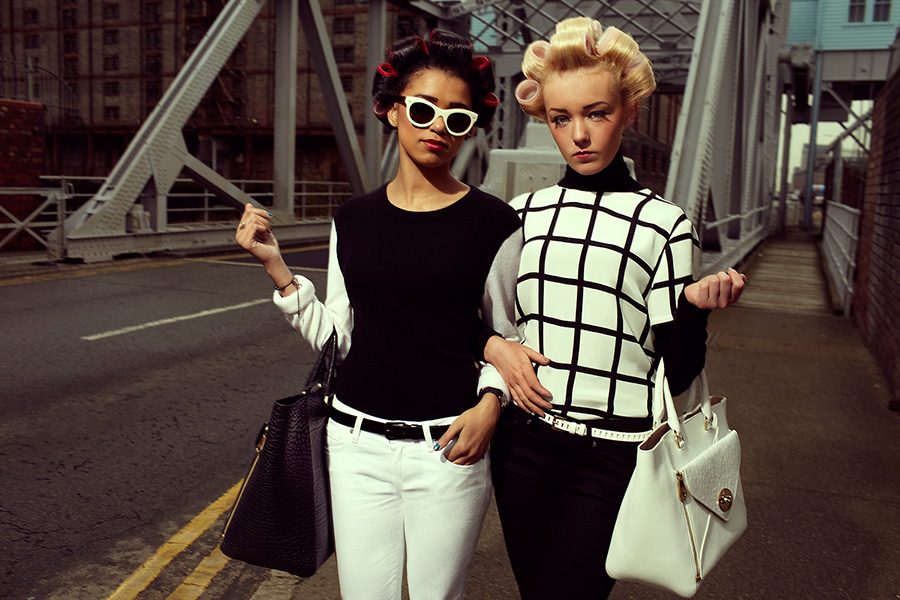
What does the North of England mean to you? Is there an aesthetic or set of visual codes you explicitly associate with the North? Is it the sportswear of the 1980s casual; the acid house of the Madchester scene; the graphics and club culture of The Hacienda; Joy Division and New Order, or maybe masculinity which heavily dominated the many Northern subcultures of yore?
For decades the North has served as a reference point for countless fashion editorials for print magazines such as i-D, Arena Homme+ and Purple Fashion, and impacted designers on a global scale including the likes of Belgian Raf Simons and American Virgil Abloh. Its global output has been vast – encompassing music, style and culture – and it has bred some of the industries greatest talents: think photographers Jamie Hawkesworth and Alasdair McLellan, and designers Christopher Shannon and Paul Smith.
Its regional identity, the tropes that construct it, and the effect the geographical space has had on creative output are exactly what fascinated editor-at-large of SHOWSstudio, Lou Stoppard, and academic and co-founder of Preston Is My Paris, Adam Murray, who joined forces over two years ago to co-curate “long overdue” exhibition North: Identity, Photography, Fashion, which opened earlier this month. Aptly hosted at Liverpool’s Open Eye Gallery – which provided an extensive print archive – away from the fashion hub of London and in tandem with its 40th anniversary, the exhibition brings together collective visions from the regions influencers, and celebrates its rich cultural history through iconic garments, installations, artwork, photography and interviews.
Following its launch, we caught up with the curators to discuss Northern representation and its bias towards white men, the origins of themes and visuals, and what the future of a Northern identity might look like.
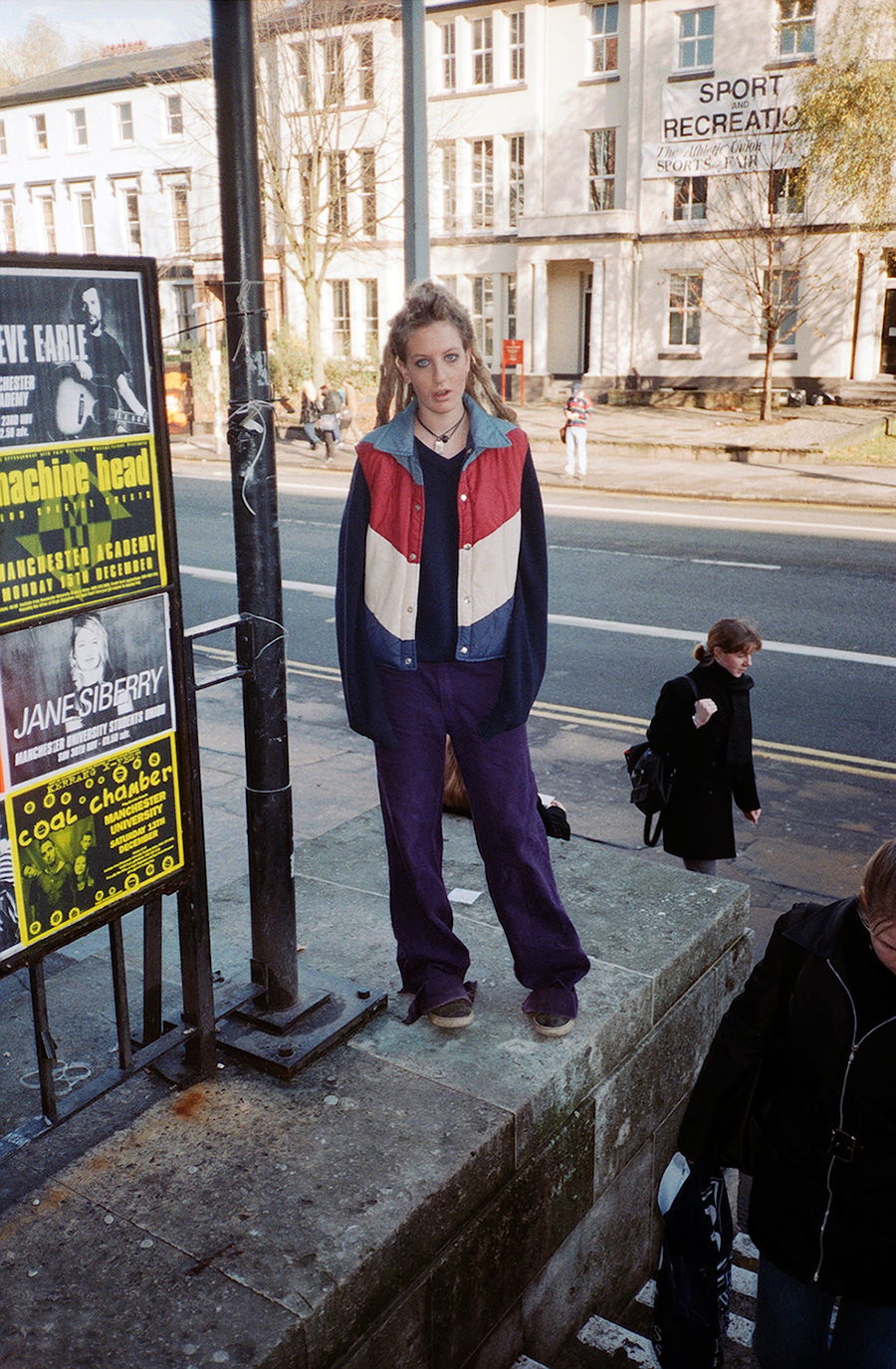
Tell me about where the initial spark came from to collaborate and how the concept for the exhibition was developed?
Adam Murray (AM): In 2008 I noticed that fashion editorials were explicitly referencing Northern England, coinciding with the height of model Agyness Deyn. I’ve been based in the North West for 15 years and my practice and research is rooted in exploring the region in relation to photography and fashion. Two years ago with all the talk of the Northern Powerhouse the North of England became into focus again as a concept so it seemed like a good time to revisit the project. I contacted Lou Stoppard, Editor-at-Large at SHOWstudio as I really respected her editorial and curatorial work.
Lou Stoppard (LS): Similarly I was a fan of Adam’s work, especially his Preston Is My Paris output. In many ways, an exhibition on this topic is long overdue. The North has had an incredible cultural output – just think of the global reach of the Madchester music scene, and the graphics of Peter Saville and music by bands like Joy Division, The Beatles and New Order, or the acclaim around designers, artists and image-makers who hail from the North, such as Gareth Pugh, Stephen Jones, Christopher Shannon, Mark Leckey (all of whom are featured in the show). I guess in many ways this show does feel timely, in part due to the climate of the country right now – there’s a focus on regional divides, splits in ideas and lifestyle etc. We conceived the exhibition idea long before Brexit – the show has been over two years in the making – but that has increased our drive too to look beyond the capital. You realise how huge areas of the UK can be overlooked and ‘othered’.
North is a bit like Paris or Rio, even if you’ve never been there you have an idea of what it looks and feels like
Why was it particularly important to show at The Open Eye Gallery in Liverpool and to take the fashion focus away from London?
AM: Lou and I were keen to for the first display of the exhibition to take place in the North of England, in the context where the show has developed. Open Eye was then our first choice destination as it has had such a role in photographic culture in NW England over the last 40 years. The gallery has a fantastic print archive, most of which has come from projects commissioned by them. Being able to include some of this work in the final edit was a real privilege.
LS: It was a total pleasure collaborating with Open Eye – they are true pioneers and it was extra special because it was their anniversary year. I’ve always been interested in curating shows that unite a broad range of mediums and deal with themes that relate to broader culture and society. In fashion exhibiting at the moment there is a trend for blockbusters or single designer retrospectives, but we wanted to avoid something that felt too obvious – we had no interest in displaying fashion as some impenetrable world, far removed from people’s reality. With this in mind, a layered, complex exhibition felt appropriate, especially given that the North’s output is so varied, encompassing style, music and culture.
North: Identity, Photography, Fashion. Open Eye Gallery, 2017. Images by Adam Murray
The intention for the show has been to set out to define and uncover the meaning and cultural influence of the North. What would you say, conclusively, from your research are some of the defining themes and visuals of the region and is there an element that they are mythologised or constructed?
AM: There have been a number of recurring themes such as masculinity, music, domesticity, sportswear and certain landscapes or backdrops. But the one defining theme for me is the notion that most of the influence comes not from specific individuals, but from groups of people – the sports fans, music fans, workers, communities.
LS: As you say, in part something I we’re really trying to do is get to the root of why the North of England has a particular aesthetic or set of visual and cultural codes in people’s mind. During our research we discussed how the North is a bit like Paris or Rio, even if you’ve never been there you have an idea of what it looks and feels like. I think in the UK, because the split between North and South is so present across cultural and how we live, talk and define ourselves, there’s something almost quite exotic about the North, definitely to those who haven’t been. Artist Jeremy Deller, who has a work in the show, discussed this with me – he explained how the first time he went to Manchester and London it just ‘felt different’, it even smelt different. I think because of this sense of the North in some way being an ‘other’ world, you see attempts to define it visual and you see the same themes reappearing again and again in work; masculinity, music, domesticity, sportswear. These move from being something genuine captured in documentary photography to something constructed as scene or background in fashion imagery or pop culture. On another note, I was interested in why so much of what the North is celebrated for is so male and, to an extent, so white. We wanted to showcase and question those ideas. Is it about debunking myths? To an extent. But it’s also about celebrating them and acknowledging them. I think there’s also a wider ambition to make a case for the interesting link between place and aesthetic, space and style. This exhibition is as much about identity as it is fashion.
The show features an incredible, diverse bank of contributors. What were the reactions to the show from those you contacted to feature? And how has the show been received?
AM: What has been really special to us is how much the show has resonated with the contributors and consequently how generous that have been with displaying their work. It is a subject that is close to all of the people in the exhibition so we have been able to display such a rich range of work. We have been really surprised and actually quite humbled by the response since the exhibition opened. It has had high visitor numbers and been well received in the media, but what I find most exciting is the broad range of people who are in the exhibition each time I have been down.
LS: People were very generous, as Adam says. To have contemporary fashion photographers such as Glen Luchford, David Sims and Alasdair McLellan showing alongside Turner-prize winning artists such as Mark Leckey and Jeremy Deller and designers like Raf Simons and Paul Smith is fantastic. Then there’s all the archive and documentary material – amazing names like Shirley Baker and John Bulmer. I’m also happy with the international scope – the fact we are looking at how ideas of the North have spread far and wide. Why is an Antwerp-born designer like Raf Simons – one of fashion’s most acclaimed talents – so intrigued by the culture of the region? Why is Chicago-born streetwear guru Virgil Abloh interested? I’m happy to be able to explore that and very happy those figures were kind enough to lend work.
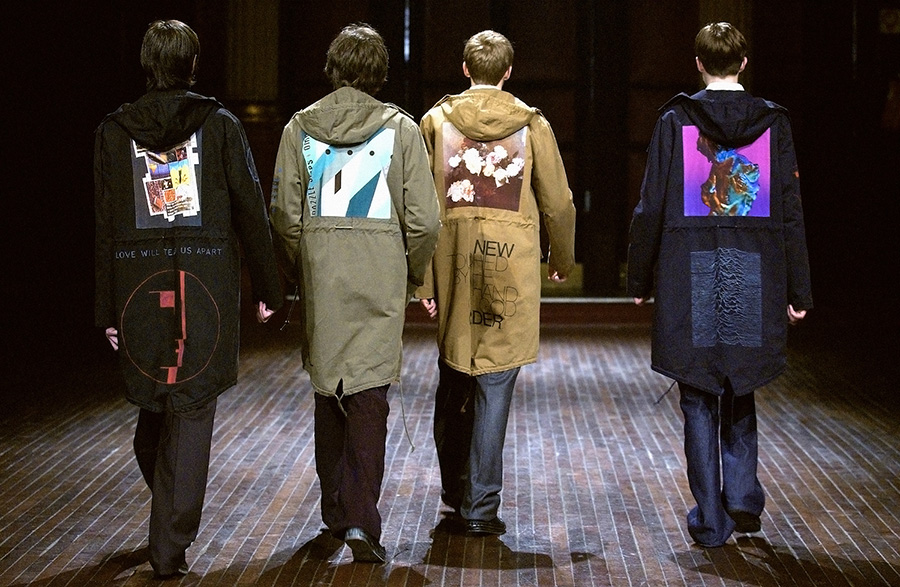
I understand that as the exhibition took shape you were introduced to a myriad of new works including the likes of Northern-influenced fashion designer John Skelton. Can you tell me about some of the most fascinating, surreptitious archives you tapped into, and other unexpected works you discovered along the way?
AM: As I mentioned earlier, the real discovery for me was the work in the Open Eye Gallery archive, particularly the work commissioned by the gallery in the 1980s and 1990s. There is a real mix from some of the big names of documentary photography such as Tom Wood and John Davies, but, arguably more importantly there is a range of work by less well known photographers. So Lou and I were able to include work by people such as Michelle Sank and Stephen McCoy; both fantastic artists who I perhaps would not have discovered were it not for the research using the archive.
LS: It’s important to note that this exhibition has been two years in the making and we’ve had so so many different conversations with people as part of our research. Many of the figures we spoke to are present in the show, but we found that every time we spoke to someone new names came it – it became like a huge web. I think we both really enjoyed that process of discovery.
I think there’s also a wider ambition to make a case for the interesting link between place and aesthetic, space and style. This exhibition is as much about identity as it is fashion.
Notably, despite geographical distance, designers Raf Simons and Virgil Abloh are recognised for their penchant for the North. Where do you believe their interests stem from, and in what ways has the show helped you gain a further insight and understanding into their fascinations?
LS: The appeal is wrapped up in many things – to some people it’s all about club culture and a dreams of the heady years of the Hacienda, to others it’s about nostalgia for their own youth through remembering when they heard the first few bars of Blue Monday or channelled their teen angst into singing along to Love Will Tear Us Apart, for others it’s maybe more political, an interest in a time when UK industry thrived and communities felt proud and valued. I think for international designers the appeal is a mix of these reasons – often it’s about formative experiences; the sounds and graphics they remember from their youth. Raf for example has a long obsession with youth culture so of course he references the North, the home of amazing music and club scenes from Madchester through to the Blackburn raves. His interest is long standing, his Peter Saville tribute collection was made for A/W 03, and his Mark Leckey Fiorucci Made Me Hardcore inspired collection was S/S 16 – that’s nearly 15 years of looking North!
Representation of the north, you have observed, tends to be heavily male and youth-orientated, and to an extent, predominately white. Were you able to get to the bottom of understanding why there are gaps in representations?
LS: That’s a huge questions and one I hope that the exhibition plays a role in answering or considering. That’s important to us – we want the show to provoke conversation. I think partly it’s because the gatekeepers have often been male – magazine editors, photographers, producers etc. I also think it’s because so much of the North’s history is wrapped up in subculture or music culture or sports culture and the representations of those things tend to be incredibly male. When you think about the way the history of subculture in the UK is usually told it’s basically just a history of men. Funnily enough, since the show has opened we have had some criticism from a few male figures in Liverpool who feel that the story of casual culture wasn’t told enough. It’s an interesting point that we took on board, but really that history is just a story of mainly heterosexual white men and I have little interest in giving it more airtime. In the 3rd room, where there are videos that show designers and stylist who hail from the North discussing their upbringing and hometowns and its influence on them, we did try and give a voice to a broad range of figures. 5 of the names are members of the LGBTQ community, for example – their stories are important.
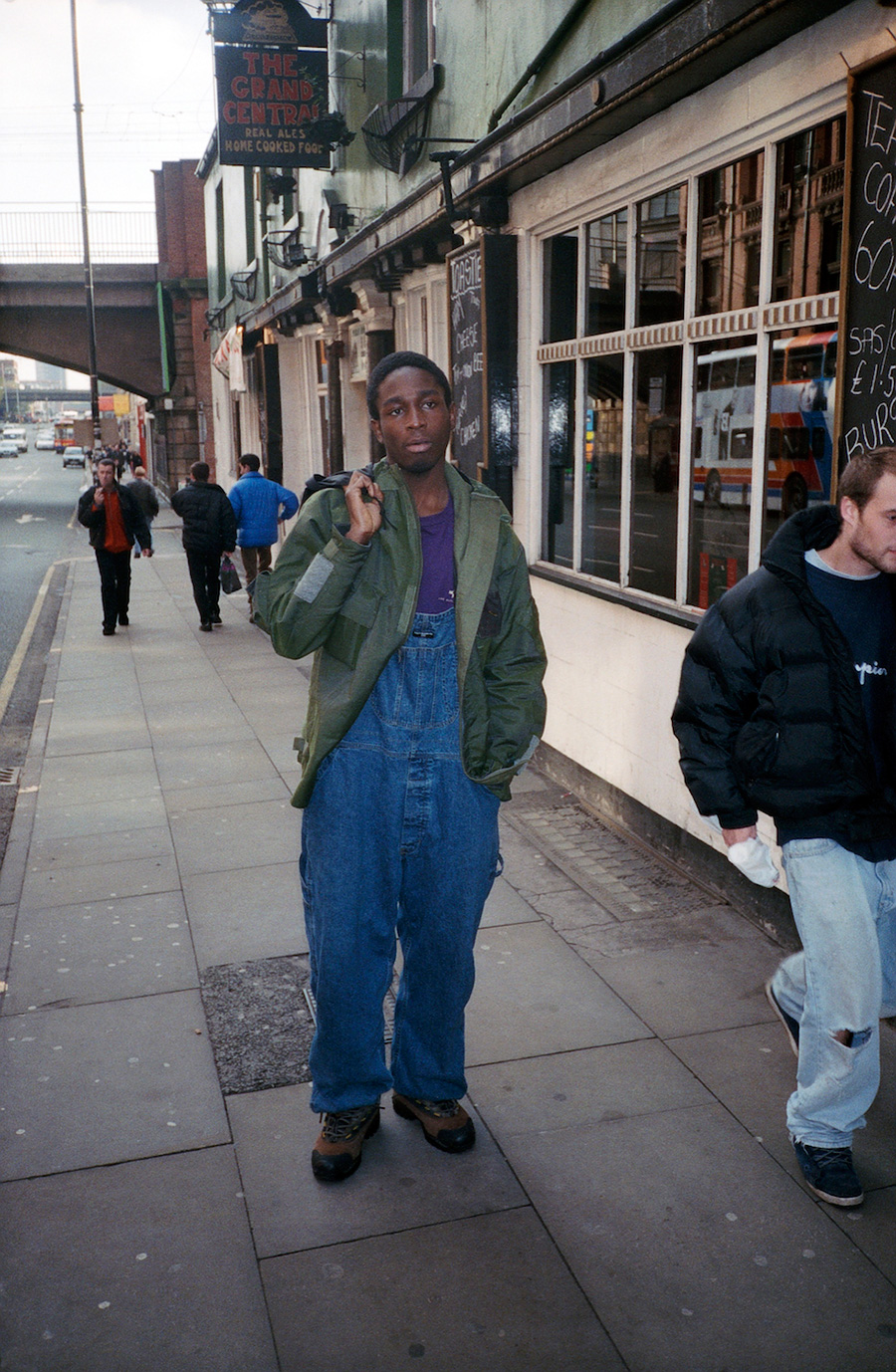
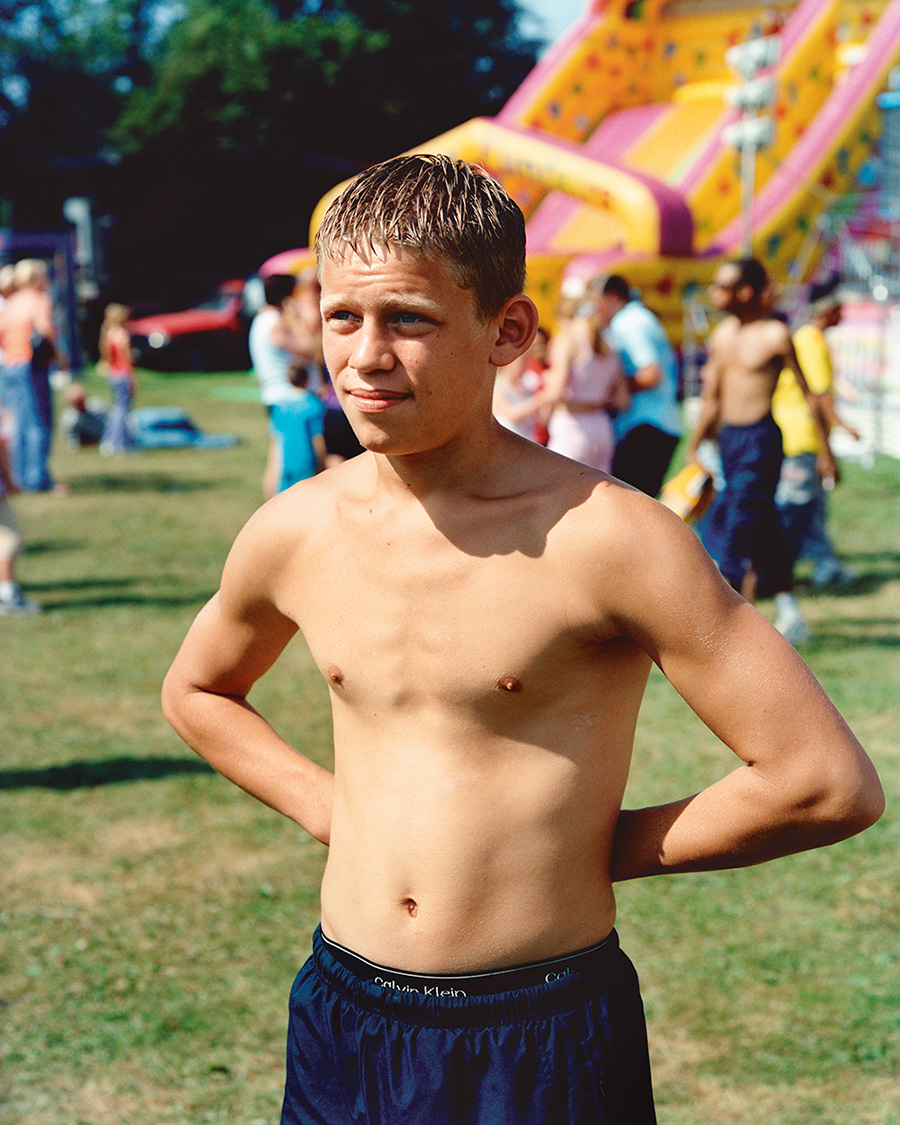
What does the future of a Northern identity look like? And what factors create and influence Northern style and aesthetic now?
AM: Undoubtedly there are some motifs and themes in the exhibition that are going to continue to be influential for many years to come. But, one thing that I hope comes from this exhibition is a reaction from people who feel that they perhaps cannot relate to many of the themes or that elements of their experience of the North is missing. In turn, this then motivates them to do new work and continue the development of a cultural identity that acknowledges heritage but is informed by the now.
Do you think in the future you will look to further exploring the effect of geographic space on creativity and the link between place and aesthetic?
AM: It has been part of my research and practice since I began Preston Is My Paris with Robert Parkinson in 2010, so I think it will always be part of the work that I do, but in different ways. With some projects it has been quite a subjective, instinctive visual piece of work that just documents a place as I experience it. Exhibitions such as North are informed by a significant amount of research from a range of different sources. Other projects have been more educational, working with groups of people to enable them to explore their own spaces. I really think this will all continue with my future work.
Finally, what do you hope people will take away from the exhibition? Do you hope new points of focus will be developed/ aspects will be challenged in new works?
LS: I hope the show speaks to people. I think so many fashion exhibitions show some kind of far-off, fantasy world that people can only aspire to or dream of. I hope people come to this show and recognise things that they experienced first-hand, songs they danced to, streets they walked, icons they adored, clothes they wore. It sounds simple, but I want it to mean something to people.
North: Identity, Photography, Fashion, on view at Open Eye Gallery until 19 March 2017

